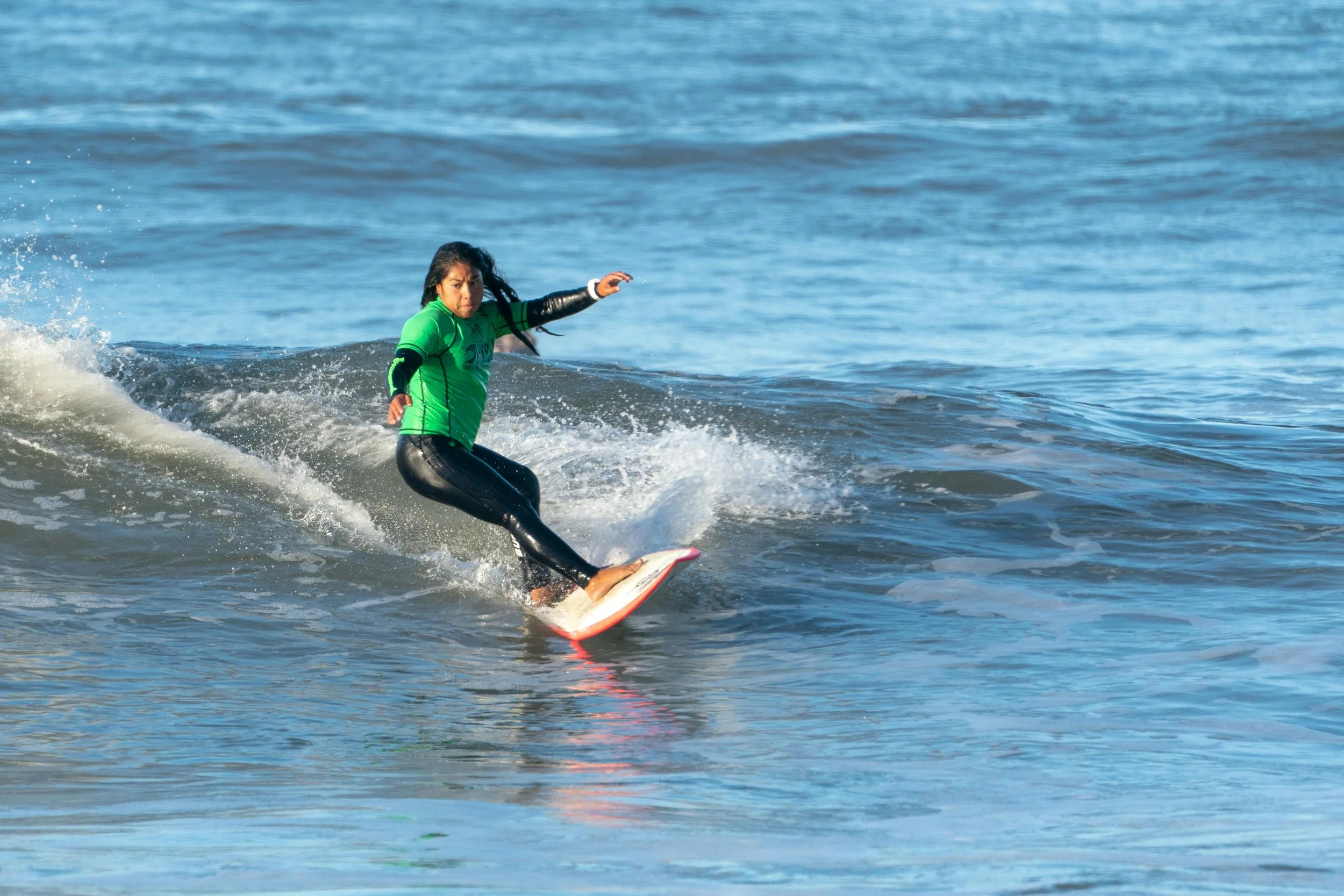4 Best Longboard Waves in Colombia
Cartagena Jetty
Located right in Cartagena, the Cartagena Jetty is super accessible. It’s not the best wave in the world, but it’s fairly consistent and easy to get to. You’ll find a left breaking wave from the jetty that has a full sand bottom. It’s a solid wave to learn on, and you’ll find it relatively uncrowded during the week.
As it’s on the Caribbean side, it is a relatively relaxed wave. It definitely does better in the winter months, where it can climb up to 4 feet or so. This isn’t a longboard-specific wave, but it is rather mushy. In our opinion, any Caribbean point break is a solid longboard wave, and this is a great place to catch some while in the beautiful city of Cartagena.
Pradomar
Pradomar, or Playa de los Morros, is a solid and consistent spot on the Colombian Caribbean coast. Just thirty minutes form Barranquilla, it’s a popular spot for locals to catch waves on weekends. The beach and reefy breaks create both lefts and rights, with the North American winter months producing hte best waves.
When it really gets going, it can get up to overhead, but will usually be more around 2-3 feet. It isn’t super punchy, making it a great longboard wave. You’ll definitely see shortboarders or midlengthers, but plenty of longboarders on the right days.
Nuquí
Over to the Pacific coast now. Located in Chocó, Nuquí is simply one of the best surf spots in the country. There are a dozen or more breaks here, located inside Utría National Natural Park. There are reef breaks, beach breaks, rivermouth breaks, and something for everyone.
The dry season will have cleaner waves and better access to the surf spots, while rainy season will give more swell. For longboarders, either season really works. It’s a bit hard to get to, but an incredible natural, relaxing experience.
El Valle
A rivermouth break with both lefts and rights, El Valle is a longboarder’s paradise. It’s not the most consistent wave in the world in term of quality, but there is almost always a wave to be had here. The southwest swells mixed with the eastern or notheastern winds create clean lines. The rainy season offers the most waves, where they can climb up to well overhead.
It’s almost always uncrowded as it’s so remote. It’s near the national park, so there’s plenty of nature to see and wildlife activities to engage in. You’ll find eco-lodges and jungle accommodations near the wave!













